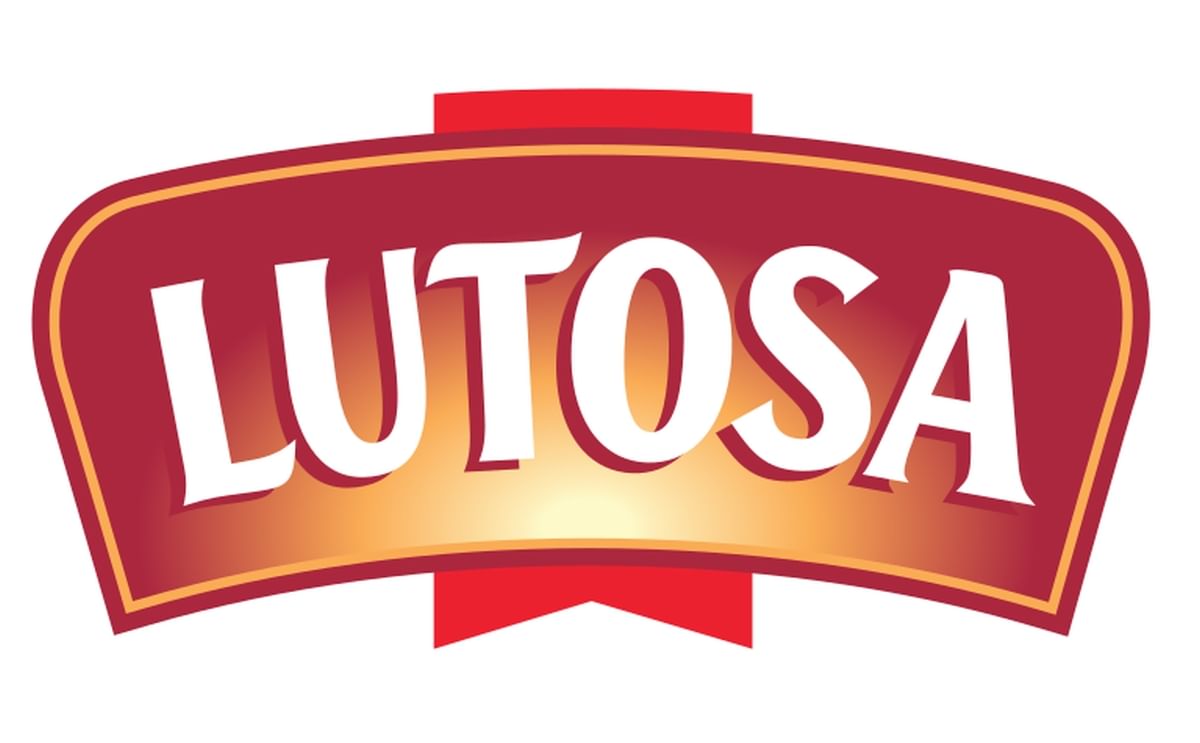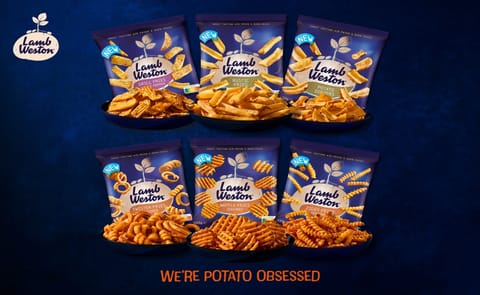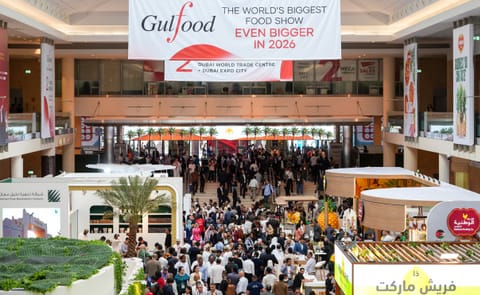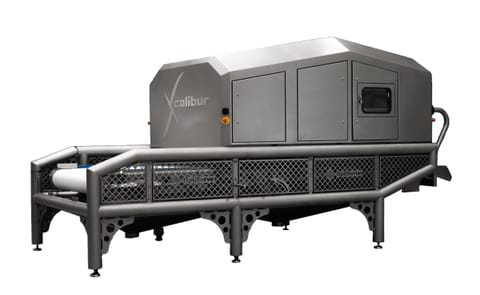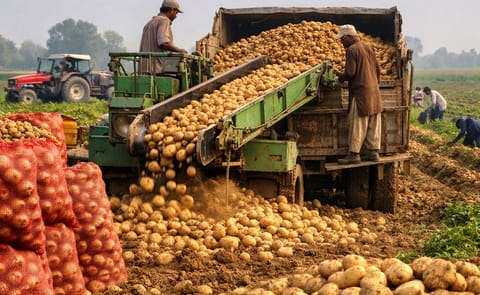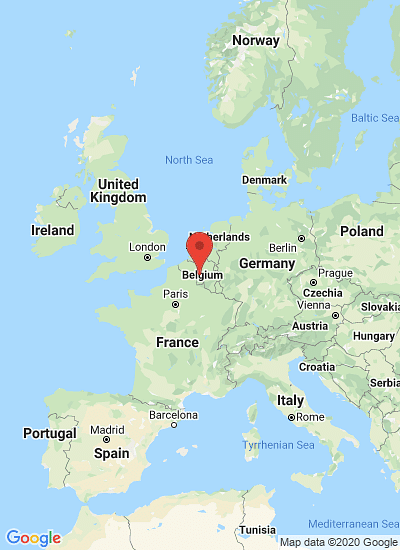For the 3 months to 31 March 2010, PinguinLutosa recorded consolidated sales of 111.9 million euro, which represents an increase of 4.68%. Evolution of sales per division is as follows:
| Non-audited management figures in euro | 1 January till 31 March | Evolution | |
| 2010 | 2009 | % | |
| Deep-frozen vegetable division | 59,807,484 | 57,367,228 | +4.25% |
| Potato division | 52,085,767 | 49,518,860 | +5.18% |
| Total | 111,893,251 | 106,886,088 | +4.68% |
Both in the deep-frozen vegetable and the potato division there is a growth of volumes which more than compensates the decrease of prices. The organic growth of volumes and the changed product mix in the deep-frozen vegetable division amount to more than 10%. The growth of volumes in the potato division even amounts to 15.75%. Hence sales are in line with expectations.
Both divisions of PinguinLutosa had to contend with downward pressure on sales prices. Nevertheless, the food-products sector continues to be characterised by a stable demand for finished products. During the first quarter the commercial efforts compensated these decreases by means of the product mix and the increased sales volumes. As well in 2010, the raw materials and agriculture sector are going through difficult times. Following the costprice increase in 2009 for agricultural products and other items, a major cost-price decrease is possible for 2010 and is more than necessary to compensate for the decrease in sales prices that began in September 2009.
Potato-processing capacity reached its highest level in the second half of 2009. For 2010, the production capability of the potato division will be used to its maximum capacity in view of the continued high sales expectations. The investments in the two locations of Leuze-en-Hainaut and Sint-Eloois-Vijve double in comparison with previous years in order to ensure optimal operations.
Within the deep-frozen vegetable division, we allow production to fluctuate to reduce the inventory positions. That depends, however, on the market conditions, weather, the distribution of demand and the price developments for the different vegetables at the moment of sowing.
The emphasis for 2010 will remain on cost-savings and optimisation of working capital. The work on integrating the different sales teams will be able to show its value in the next season.
The continuing uncertain economic conditions, however, make it difficult to make a specific prediction for 2010 and the years to follow.

